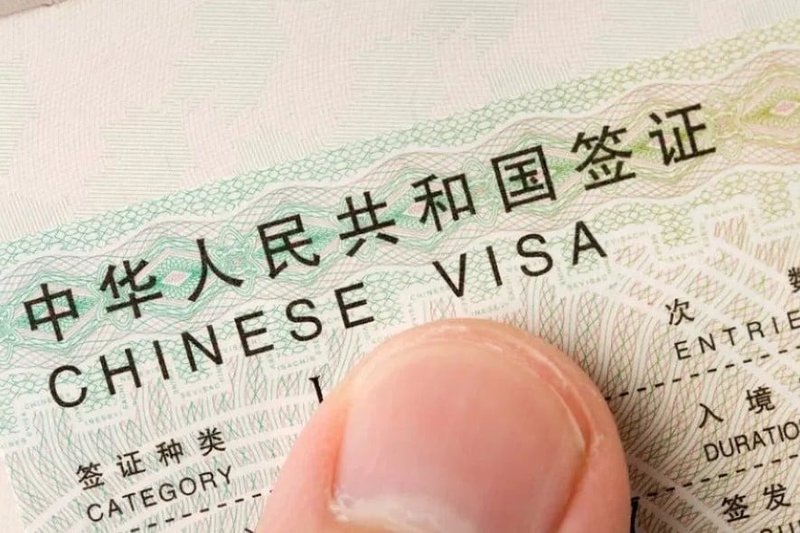
China’s K-Visa: A Strategic Threat to U.S. Innovation and Talent Security
China has launched a bold new immigration initiative—the K-visa program, which allows foreign scientists, engineers, and researchers under the age of 45 to move to China without a job offer. This move is being touted as one of the most open skilled-immigration policies in the world, surpassing many Western systems in flexibility. But beneath the surface, the K-visa is more than a recruitment tool—it is a strategic weapon in Beijing’s global competition with the United States.
Unlike China’s previous restrictive visa system, the K-visa removes one of the biggest barriers: the need for a local employer. Instead, eligibility hinges on age, degrees from prestigious institutions, or experience in top-tier laboratories. For ambitious young talent facing barriers in Western countries, China is offering a shortcut to research labs, funding, and advanced projects—no red tape, no waiting.
This makes China an attractive destination for:
By making immigration easier, Beijing is crafting an image of openness and opportunity—ironically branding itself as more “free and open” than the U.S.
At first glance, the K-visa might seem like a benign talent initiative. In reality, it threatens U.S. technological leadership and national security in several ways:
The K-visa does not stand alone. It is part of a broader strategy that includes:
This is not just immigration reform—it is geopolitical competition through human capital.
China’s K-visa is not about compassion or openness—it is about outmaneuvering the United States. By lowering the barriers to entry for young, ambitious scientists, Beijing hopes to:
For American policymakers, universities, and businesses, the warning is clear: every frustrated researcher or overlooked graduate could become Beijing’s next strategic asset.
The K-visa may look like a generous policy, but its implications are deeply strategic. China is signaling to the world’s brightest minds: if the West closes doors, Beijing will open them. For the U.S., this means that protecting national security is no longer just about borders or trade—it’s about retaining and empowering the very people who drive innovation.
The competition for talent is the new frontline of the U.S.-China rivalry. If America does not recognize the threat, the K-visa could quietly become one of Beijing’s most effective tools in reshaping the global balance of power.